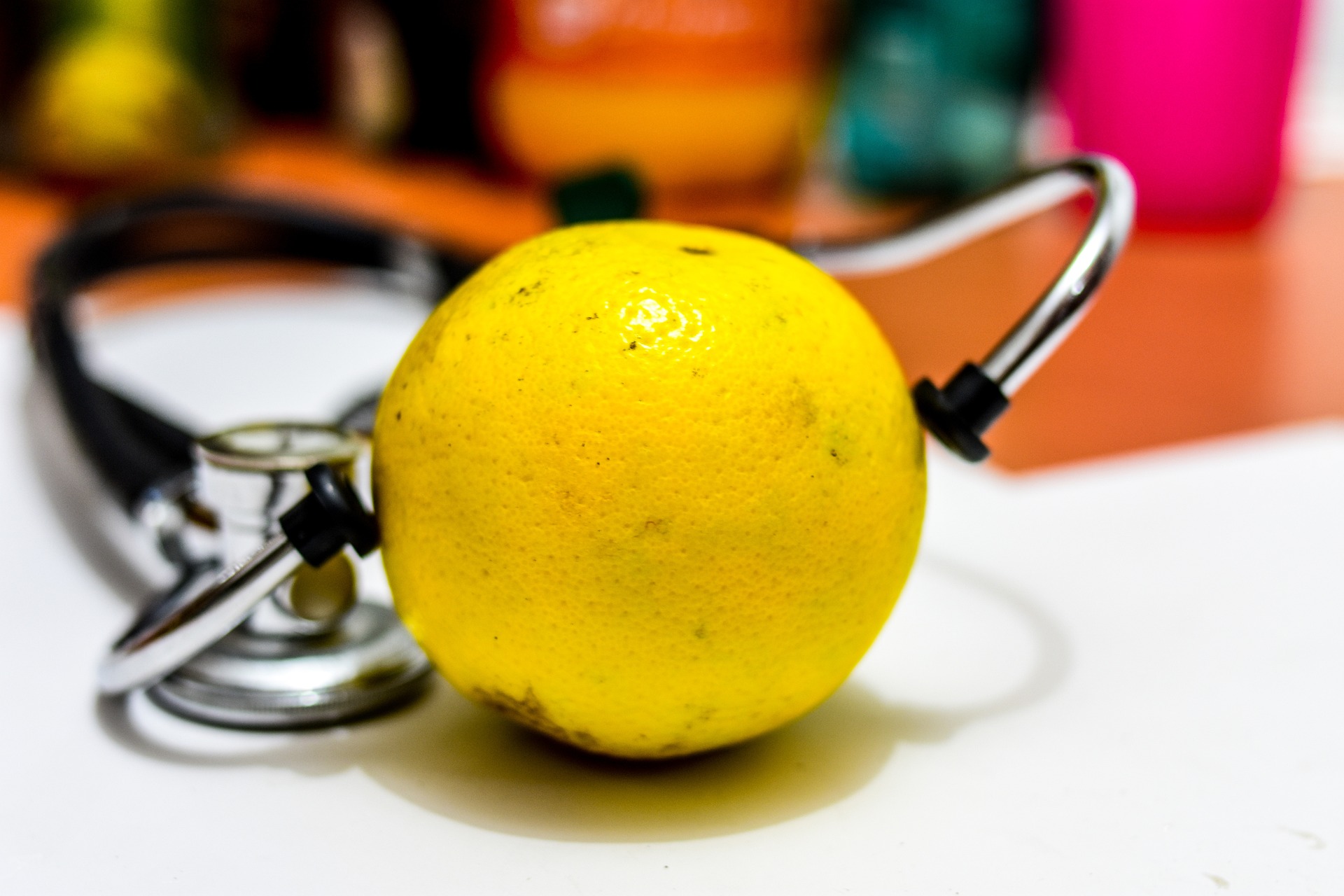Blood Glucose Monitor Guide: Types and Where to Buy Online
Blood glucose monitors are essential medical devices that help millions of people manage diabetes and monitor their blood sugar levels effectively. These compact devices provide crucial health data that enables users to make informed decisions about their diet, medication, and lifestyle choices throughout the day.

Managing blood sugar levels requires reliable monitoring equipment that delivers accurate results when you need them most. Modern glucose monitoring technology has evolved significantly, offering various options from traditional fingerstick meters to advanced continuous monitoring systems that track glucose levels around the clock.
What Is a Continuous Glucose Monitor
A continuous glucose monitor represents a significant advancement in diabetes management technology. Unlike traditional blood glucose meters that require fingerstick testing, these devices use a small sensor inserted under the skin to measure glucose levels in tissue fluid continuously. The sensor transmits real-time data to a receiver, smartphone app, or insulin pump, providing users with comprehensive glucose trends and patterns throughout the day and night.
These systems typically consist of three main components: a disposable sensor that lasts 10-14 days, a transmitter that sends data wirelessly, and a display device or smartphone app that shows current glucose readings, trends, and alerts. Many modern systems also offer customizable alarms for high and low glucose levels, helping users respond quickly to potentially dangerous situations.
Traditional Blood Glucose Monitor Features
Conventional blood glucose monitors remain the most widely used testing method for diabetes management. These portable devices require a small blood sample obtained through a lancet device and test strip combination. Modern meters offer features like large displays, memory storage for previous readings, and connectivity options that sync data with smartphone apps or healthcare provider systems.
Key features to consider include testing speed, sample size requirements, and accuracy standards. Most quality meters provide results within 5-10 seconds using blood samples as small as 0.3 microliters. Many devices also offer alternate site testing capabilities, allowing users to test on their forearm or palm instead of fingertips for added comfort.
Where to Buy a Continuous Glucose Monitor Online
Purchasing glucose monitoring equipment online offers convenience and often better pricing compared to traditional pharmacy visits. Major online retailers like Amazon, CVS, Walgreens, and specialized medical supply companies stock both traditional meters and continuous glucose monitoring systems. Many manufacturers also sell directly through their websites, often providing subscription services for ongoing supply needs.
When shopping online, verify that retailers are authorized distributors to ensure product authenticity and warranty coverage. Look for pharmacies that accept insurance coverage, as many glucose monitoring supplies qualify for prescription benefits. Some online platforms offer automatic refill services, ensuring you never run out of essential testing supplies.
| Product Type | Provider | Cost Estimation |
|---|---|---|
| Basic Blood Glucose Meter | OneTouch, Accu-Chek | $10-$30 |
| Advanced Glucose Meter | Contour, FreeStyle | $25-$60 |
| Continuous Glucose Monitor | Dexcom G7 | $60-$80/month |
| CGM System | FreeStyle Libre | $40-$70/month |
| Test Strips (50 count) | Various Brands | $15-$45 |
Prices, rates, or cost estimates mentioned in this article are based on the latest available information but may change over time. Independent research is advised before making financial decisions.
Choosing the Right Monitoring System
Selecting appropriate glucose monitoring equipment depends on individual lifestyle needs, testing frequency requirements, and healthcare provider recommendations. People with Type 1 diabetes or insulin-dependent Type 2 diabetes often benefit most from continuous monitoring systems due to their need for frequent glucose checks and tight blood sugar control.
Consider factors like insurance coverage, smartphone compatibility, and data sharing capabilities when making your decision. Some systems integrate seamlessly with insulin pumps for automated insulin delivery, while others focus primarily on providing detailed glucose trend information. Discuss options with your healthcare team to determine which monitoring approach best supports your diabetes management goals.
Getting Started with Glucose Monitoring
Beginning glucose monitoring requires proper training and understanding of how to interpret results effectively. Most healthcare providers offer education sessions covering proper testing techniques, result interpretation, and troubleshooting common issues. Many manufacturers also provide online resources, video tutorials, and customer support to help new users become comfortable with their monitoring equipment.
Establish consistent testing routines and keep detailed records of your results, especially during the initial weeks of monitoring. This information helps healthcare providers adjust treatment plans and identify patterns that might require medication or lifestyle modifications. Regular calibration and proper storage of testing supplies ensure accurate results and extend equipment lifespan.
Modern glucose monitoring technology empowers individuals with diabetes to take active control of their health management. Whether choosing traditional fingerstick testing or advanced continuous monitoring systems, consistent glucose tracking provides the foundation for effective diabetes care and improved long-term health outcomes.




